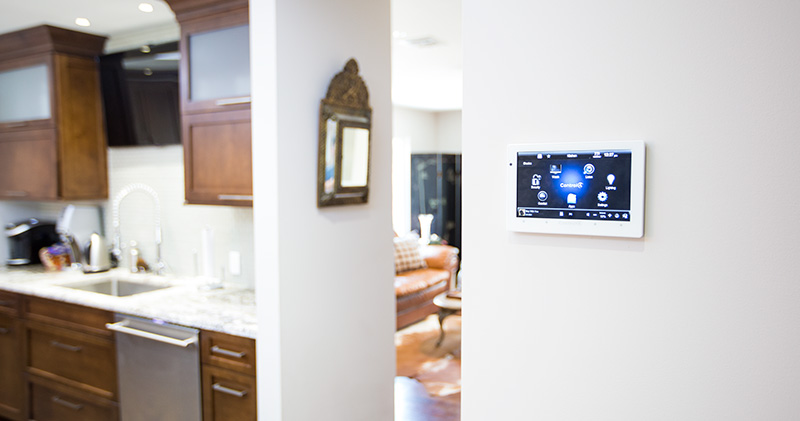What Factors Affect Calories Burned While Cycling?
Cycling is one of the most effective cardio workouts, offering both endurance training and high-intensity benefits depending on how you ride. Yet many cyclists notice variations in how many calories they burn from one session to another—even when riding similar distances. Understanding the factors that influence energy expenditure can help you tailor your rides more effectively and monitor your progress with greater accuracy. Smartwatches like the Huawei Watch GT 6 make this easier by providing real-time insights into heart rate, power output, and terrain. Here are the key variables that shape how many calories you actually burn on the bike.

What Determines How Many Calories You Burn While Cycling?
Several interconnected factors influence your total calorie burn. Knowing them helps you ride smarter, plan training, and understand the relationship between cycling and calories burned more clearly.
Your Riding Intensity and Heart Rate Levels
The fastest way to increase calorie burn is by cycling at a higher intensity. When your heart rate rises, your body works harder and requires more energy to maintain that effort. Long endurance rides in aerobic zones burn calories steadily, while interval sessions or hill climbs spike heart rate, increasing energy use significantly. Smartwatches such as the Huawei Watch GT 6 track heart rate zones continuously, helping riders understand how different intensities affect calorie expenditure.
Terrain and Elevation Changes
Flat roads burn fewer calories than routes with frequent climbs. Uphill cycling demands more power because your body must overcome gravity, dramatically increasing energy consumption. Even slight inclines can make a noticeable difference in cycling and calories burned. With its accurate barometer and multi-band GPS, the Huawei Watch GT 6 measures gradient and altitude shifts in real time, providing a more realistic picture of how terrain impacts energy usage.

Speed and Cadence
Higher speeds require more muscle activation and oxygen consumption. Cadence—the rate at which you pedal—also plays a role. Maintaining an efficient cadence (usually 85–100 RPM for most cyclists) allows your body to work at a sustainable rate, improving calorie burn without premature fatigue. Smartwatches track cadence data, making it easier to adjust your pace for optimal energy use.
Rider Weight and Body Composition
Heavier riders naturally burn more calories because moving additional mass requires more energy, especially on climbs. Muscle mass also increases calorie usage, as muscle tissue requires more fuel than fat. Smartwatches that monitor body metrics, combined with apps like Huawei Health, help cyclists understand how body composition changes influence overall performance.
Duration of the Ride
Longer rides burn more calories, but not always linearly. As fatigue sets in, cyclists may lower their intensity, reducing overall burn rate. Monitoring heart rate and virtual power output helps riders maintain energy usage throughout their ride. The Huawei Watch GT 6 offers long battery life of up to 21 days, ensuring accurate calorie tracking even during long-distance excursions.
Cycling Power Output
Power is one of the most accurate indicators of how much effort a cyclist is putting into the ride. A higher wattage means more calories burned. While traditional power meters require equipment attached to the bike, Huawei’s Virtual Power calculates wattage using GPS speed, elevation, and gradient. This gives cyclists a reliable effort estimate without needing an external device.
Environmental Conditions
Temperature, wind, and road surface can all influence energy expenditure. Cold weather forces the body to burn more calories to stay warm, while headwinds require additional effort to maintain speed. Gravel surfaces create more resistance, raising calorie consumption compared to smooth pavement.
Conclusion
Many factors shape how many calories you burn during a cycling session—from heart rate and speed to terrain, body weight, and environmental conditions. With tools like the Huawei Watch GT 6, cyclists can track these variables in real time, making training sessions more precise and helping riders understand their true energy output. By recognizing what influences calorie burn, you can optimize your workouts, improve performance, and achieve fitness goals more efficiently.
 crowdmobs
crowdmobs






